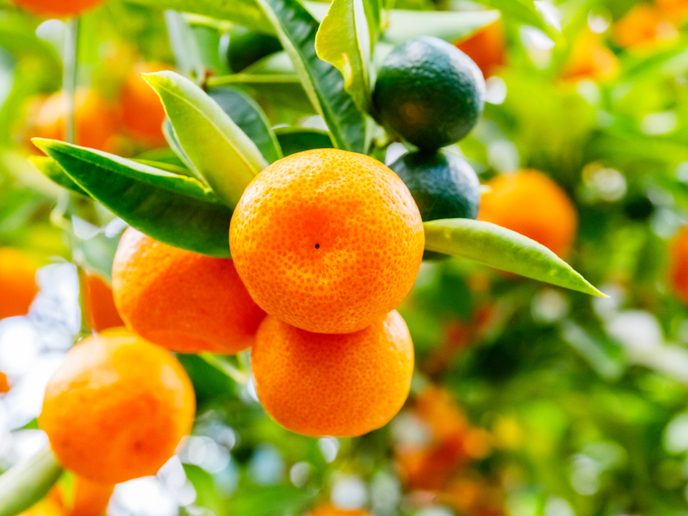New enzymes for green cosmetics
The chemical synthesis currently employed in the manufacture of cosmetics suffers from limitations such as unwanted side effects and the need for strong chemical conditions. As a result, there is a general consensus towards industrial enzyme-based bioconversions with reduced environmental impact. The enzymes feruloyl (FAEs) and glucuronoyl esterases (GEs) are traditionally known for their natural capacity to break down lignocellulose, the basis of plant biomass. In addition, they can catalyse the synthesis of a wide range of bioactive molecules with interesting properties, notably anti-oxidant, with applications in the food, pharmaceuticals and cosmetics industries. Scientists from the EU-funded OPTIBIOCAT project wished to identify novel enzymes for producing molecules with antioxidant activity for the cosmetics industry. “Our aim was to search for new enzymes in fungi and bacteria with improved and eco-friendly functions,″ explains project coordinator Prof. Vincenza Faraco. Engineering new enzymes An impressive portfolio of new enzymes was developed including more than 550 novel GEs and 500 putative FAEs identified from fungal and bacteria genomes by bioinformatics analyses. Researchers sequenced and annotated the genome of five different yeast species identifying new FAEs and GEs as well as other enzymes involved in biomass degradation. OPTIBIOCAT went a step further by designing FAE and GE mutants from new enzymes discovered in the project. The rationale was to improve the efficiency of fermentation/production and stabilise both the enzyme formulations and the life cycle of the biocatalysts. Moreover, starting from three known available FAEs, through random mutagenesis methodology more than 60 000 variants of directed evolution of these enzymes were expressed in yeast. Improved variants with higher operational stability, thermo-resistance, yield and productivity were selected using automated workstations. “These libraries of thousands of enzyme variants represent a source that OPTIBIOCAT partners can further screen for other properties related to applications behind the scope of the project,″ continues Prof. Faraco. To validate the most promising candidates at industrial scale, scientists produced them in yeast and fungal hosts. Following condition optimisation, production yields of up to 20 litres were achieved. Expanding the portfolio of antioxidant compounds At the same time, researchers employed two of the best enzyme candidates to generate and characterise a library of over 300 novel compounds. Amongst the compounds identified, were esters with antioxidant activity, a property that makes these compounds able to add extra value to formulations used in the cosmetics industry. Subsequent in vitro testing of some of these compounds for skin irritancy, demonstrated their safe profile for use in cosmetics. However, further compound testing is required to validate their potential cosmetic effects. Overall, the OPTIBIOCAT project improves the synthetic capabilities of FAEs and GEs, concomitantly optimising bioconversion reactions. Importantly, it supports a shift towards enzyme- rather than chemical-based processes that also translates into less animal testing, with obvious socioeconomic implications. As Prof. Faraco states: “the impact of the study goes beyond the production of cosmetic products containing natural ingredients; knowledge originating from this project is exploitable in future services and/or products in line with the non-academic partners’ own development strategies.″ Considering the multibillion market for industrial enzymes and antioxidants, the deliverables of OPTIBIOCAT will undoubtedly be rapidly commercialised.
Keywords
OPTIBIOCAT, antioxidant, cosmetics, feruloyl esterase (FAE), glucuronoyl esterase (GE)







